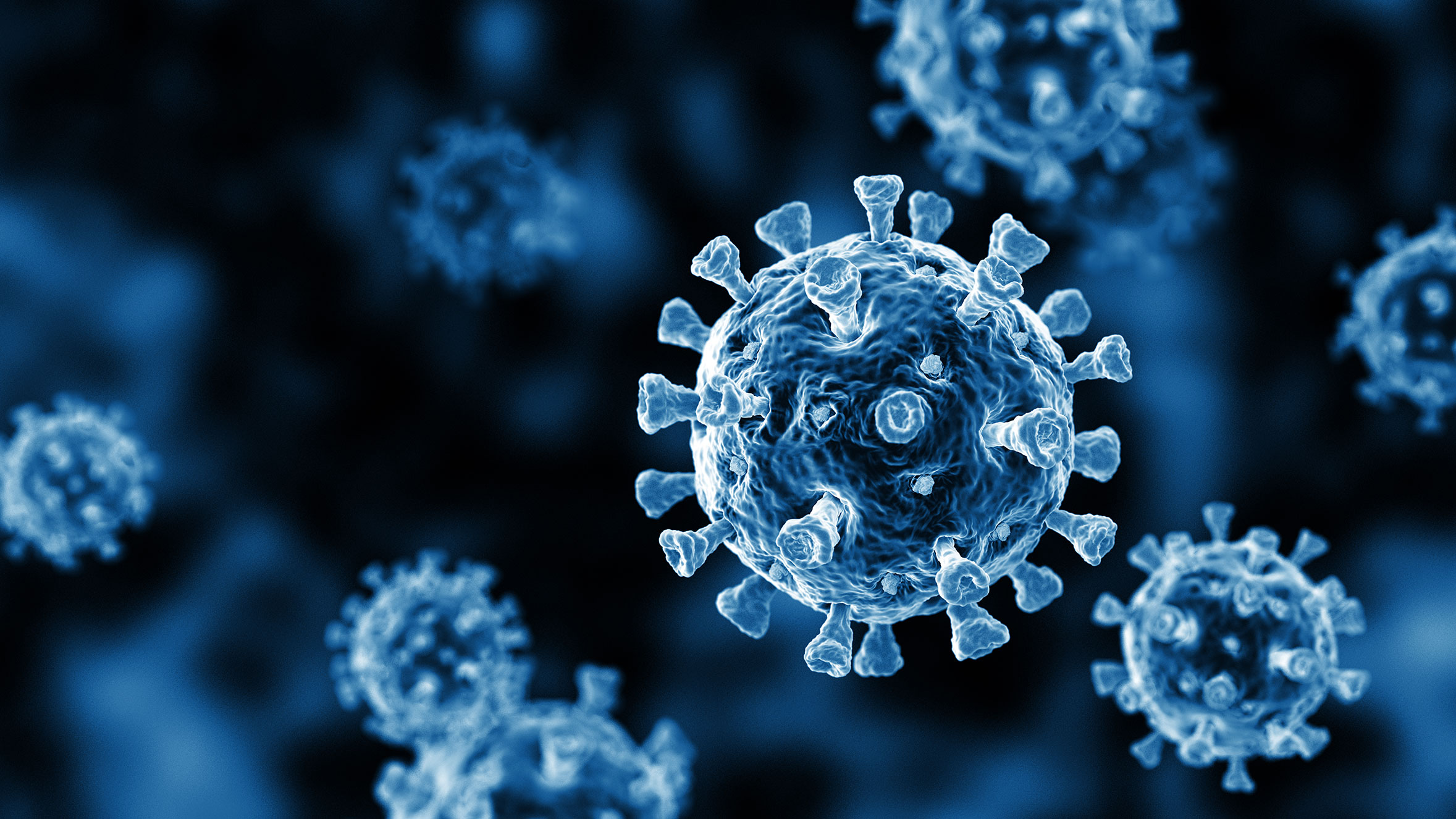“Freedom Day” has arrived for the most vaccinated jurisdiction in the country, but its public health restrictions still look very different from other states and territories. The Australian city set to become the most vaccinated place worldwide has exited lockdown. The ACT’s nine-week lockdown officially ended at midnight on Friday, with pubs, restaurants, gyms, entertainment centers, sporting venues, and hairdressers all reopening.
Canberra will claim the crown as the world’s most vaccinated city next month. By November, almost 100 percent of Canberrans are expected to be double-dosed. Portugal’s capital city, Lisbon, and the city-state of Singapore are currently believed to have the highest double-dose vaccination rates in the world. 86 and 80 percent of the cities’ populations have been fully vaccinated. “The current evidence suggests that the ACT will be one of the most vaccinated cities in the world,” ACT Chief Minister Andrew Barr said on Wednesday.

“We expect to be at around 99 percent of the eligible population fully vaccinated by the end of November. It’s a testament to ACT residents, and their willingness to protect themselves, their families, and their community.” However, a high vaccination rate has not meant a high level of freedom for ACT residents. Mr. Barr has taken a more cautious approach to “freedom day” than the ACT’s close neighbor NSW. While NSW residents only have to wear a mask indoors, Canberrans are still required to wear face masks indoors and outdoors unless they eat or drink.
There is no cap on numbers at hospitality venues in NSW, but ACT cafes and restaurants are limited to 25 people or one person per four square meters – whichever is lesser. “Today is a gentle step forward. The pandemic isn’t over,” Mr. Barr told ABC on Friday. “Right now, I would urge caution. You can do many things today that you wouldn’t do yesterday, and people will be doing that. But do so in a safe way.” In keeping with the NSW government’s public health distinction between Greater Sydney regions, the ACT government will allow some travel between Canberra and regional NSW, but not Sydney.
NSW residents within a radius of around 150km of the ACT will be permitted to enter the jurisdiction without an exemption and quarantine for work, school, university, essential shopping, healthcare, and visiting friends and family. At this stage, ACT residents can only enter regional NSW without an exemption for work, childcare, school, animal care, weddings, or funerals. Mr. Barr said the jurisdiction’s public health restrictions would evolve as vaccination rates in NSW and the ACT increased.
“Although (the ACT’s travel bubble) won’t be extending to greater Sydney at this time … That’s going to change in time as well,” he said. “I think it can be done safely and in an enduring way in a few weeks once the vaccination rates have increased.” The Chief Minister cautioned that while the ACT’s vaccination rates were impressive, Canberrans enjoying their new freedoms should still be mindful that a quarter of the population is yet to be protected by their second dose.
“There are still about 90,000 people who need to get their second dose. They mostly are under 40, and that is what the next two or three weeks are about,” Mr. Barr said. “Our number one motto through all this is that a fully vaccinated Canberra is a safer Canberra, and we are well on our way.” A full list of Canberra’s updated public health restrictions can be found on the ACT government website. Published initially as ACT exits nine-week lockdown as Canberra looks to become the most vaccinated city in the world





